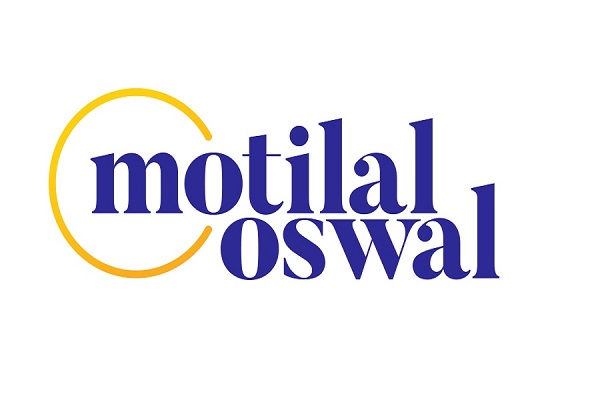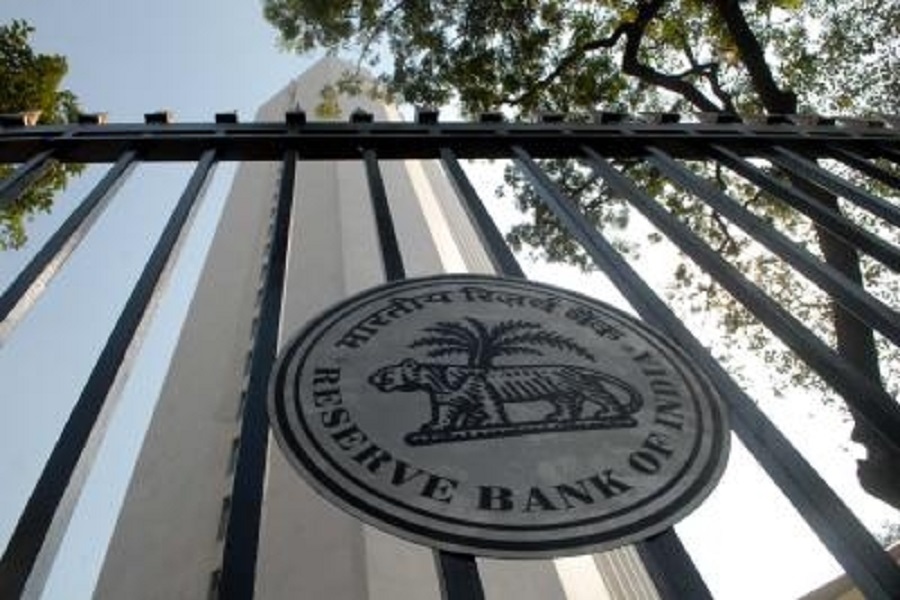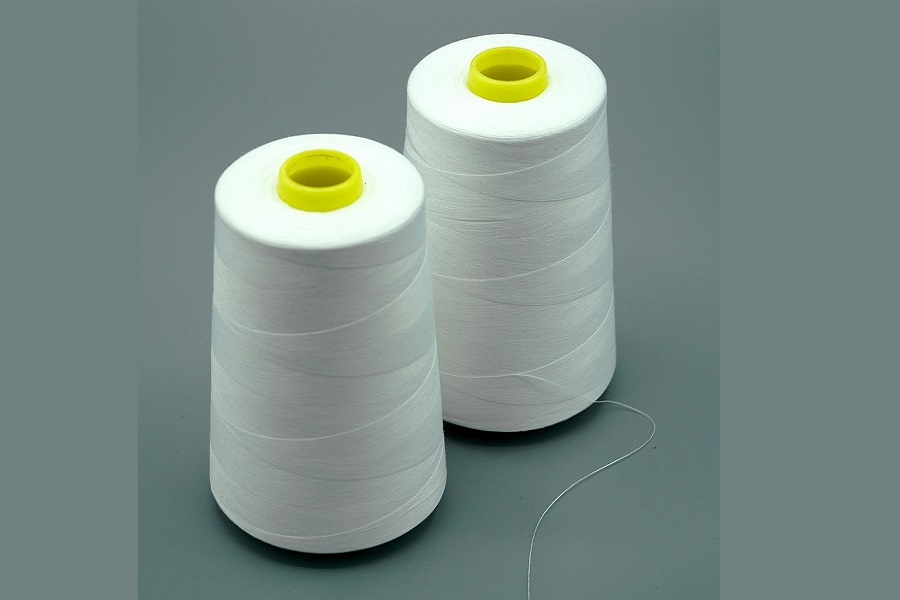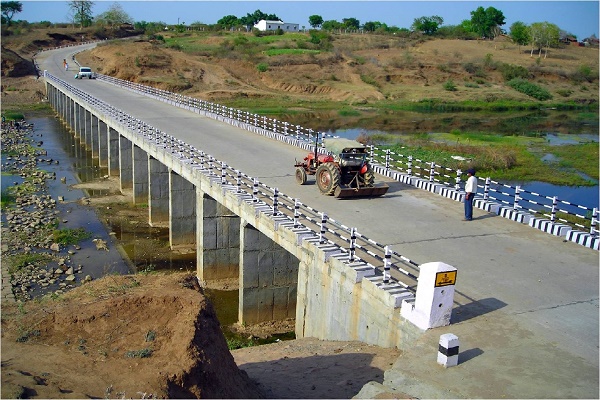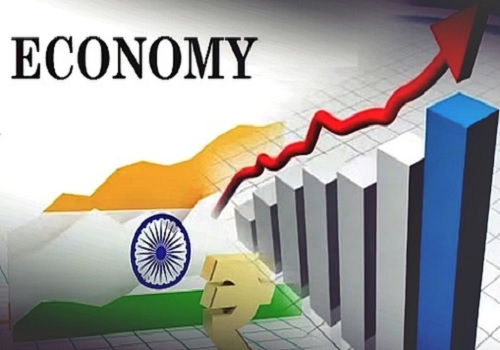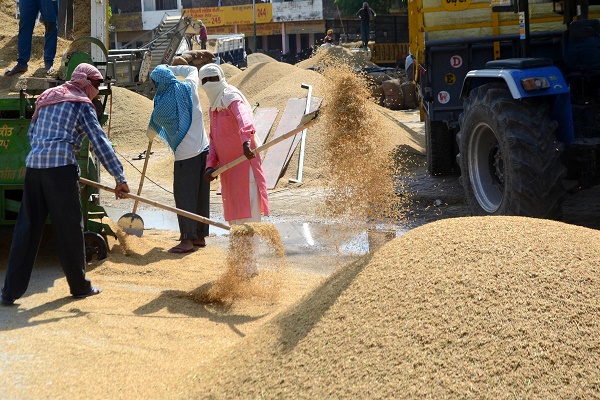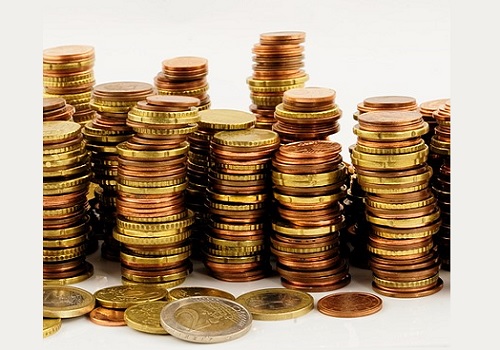Rainfall Makes a Comeback; Kharif Sowing on Track By CareEdge Ratings

Rainfall Makes a Comeback After a Slow Start; Regional Patterns Need Monitoring
The South-West monsoon began earlier than usual this year but weakened midway through June. However, it regained momentum towards the end of the month, pushing cumulative rainfall into surplus territory. As of 7th July 2025, India’s cumulative rainfall stands at 15% above the Long Period Average (LPA) (Refer Exhibit 1). Regionwise, North-West and Central regions recorded rainfall at 37% and 42% above LPA, respectively, supportive of sowing activities (Refer Exhibit 2). This includes states such as Madhya Pradesh, Rajasthan, Uttar Pradesh, Gujarat, Punjab and Haryana. In contrast, below-normal rainfall was recorded in the South Peninsula (-1%) and the East and North-East regions (-20%).
Among major rice-producing states, below-normal rainfall was observed in Bihar, Andhra Pradesh, and Assam (Refer Exhibit 3). These states together accounted for ~15% of the total Kharif rice production last year. Overall, of the 36 subdivisions, 15 subdivisions, which account for 43% of the total area, have received normal rainfall since June. On the contrary, 7 subdivisions accounting for 13% of the total area recorded deficient rainfall. The rest of the subdivisions recorded large excess/excess rainfall. Though the evenness in the spatial distribution of monsoon has reduced, it remains a crucial monitorable going forward.


Kharif Sowing Shows Good Progress
Kharif sowing for the year has witnessed a strong start, supported by the early arrival of the monsoon, which helped cushion the impact of heatwaves on standing crops. As a result, the total sown area has increased by 11.1% year-on-year as of July 04, 2025. This growth has been largely driven by a sharp rise in foodgrain sowing, which is up by 18.3%, supported by significant increases in pulses (35.2%) and cereals (14.2%). Oilseeds have also recorded a healthy expansion of 14%, while sugarcane and fibre sowing have remained broadly stable. The overall uptick in sowing is reflective of the favourable monsoon conditions. Furthermore, this augurs well for strong agricultural output for the second consecutive year.


Reservoir Levels Record Notable Improvements Vis-à-vis Last Year
As of July 3, 2025, India’s overall reservoir storage stood at 43% of total capacity, a significant improvement compared to the 22% recorded during the same period last year. Regionally, all zones have seen a marked increase, with the Southern region recording the sharpest rise, with storage levels more than doubling to 54% from 19% a year ago. The Western region followed, increasing from 21% to 45%, while the Eastern region saw storage rise from 19% to 39%. The Northern and Central regions also reported improvements. The overall increase in reservoir levels reflects the surplus monsoon so far this year.

India’s headline CPI inflation moderated to 2.8% in May, maintaining its downward trend and marking the lowest inflation reading since February 2019. The key driver of moderating inflationary pressures has been the sustained easing in food inflation. This has been aided by a broad-based easing across the food and its sub-groups (Refer Table 2). However, select items such as milk, fruits, and edible oils have seen an uptick in inflation. Particularly concerning is the persistent increase in inflation of edible oils. Additionally, it is worth noting that domestic edible oil prices have risen, mirroring the global trend in edible oil prices. Moreover, low Rabi sowing for edible oil further weighed on the prices. Although global edible oil inflation has eased from the high seen around the beginning of 2025, it has remained in double digits since September 2024 (Refer Exhibit 6). This points to some concerns given India’s import dependency in this category. However, the strong 14% jump in Kharif sowing of oilseeds and the government's recent move to reduce the basic customs duty (BCD) on imported crude edible oils from 20% to 10% are optimistic for the domestic price outlook in this category.
The monsoon revival, steady progress in Kharif sowing, and comfortable reservoir levels bode well for the overall rural economy outlook. With rainfall projected to be above normal in July, the spatial distribution of rainfall remains a critical monitorable. On the price front, the downward trajectory of food inflation, particularly driven by food prices, has been a major positive development. Overall, we expect CPI inflation to remain at comfortable levels in the near term, averaging at 3.8% for FY26 (Refer Exhibit 7). This is likely to be supported by moderating food prices, stable core inflation, and favourable base effects. However, the downside risks from the ongoing trade policy uncertainties and geopolitical tensions warrant caution.



Above views are of the author and not of the website kindly read disclaimer
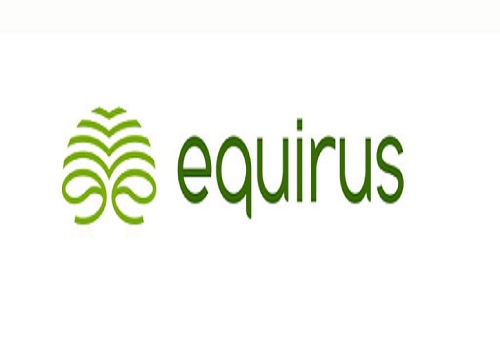
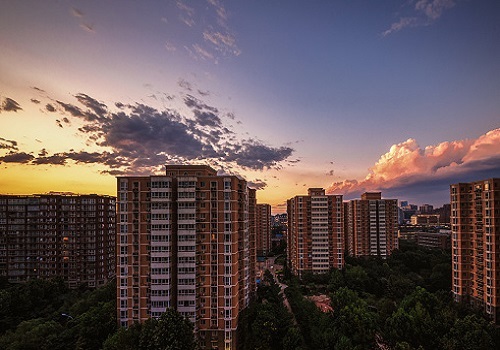


.jpg)


